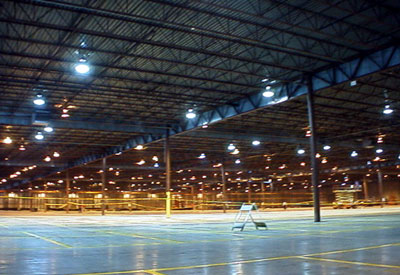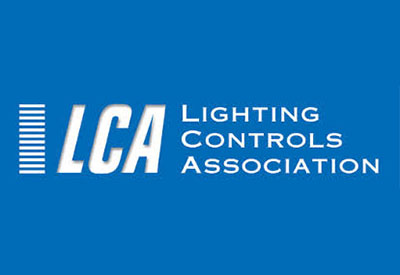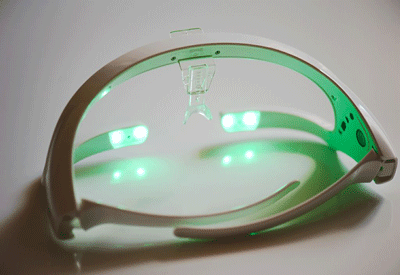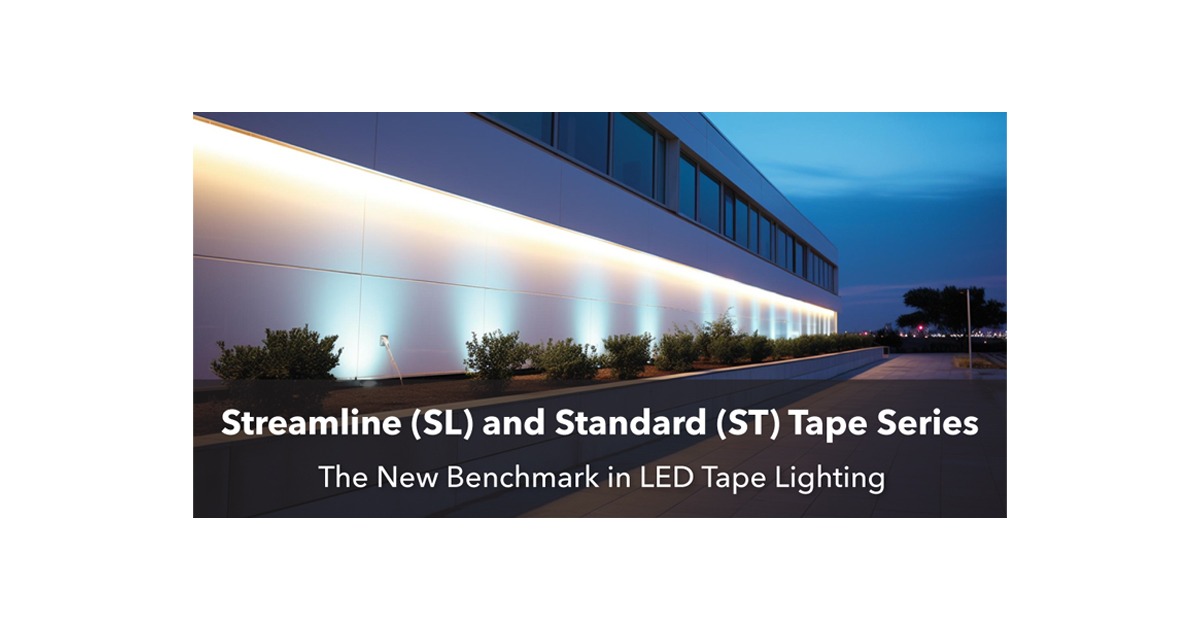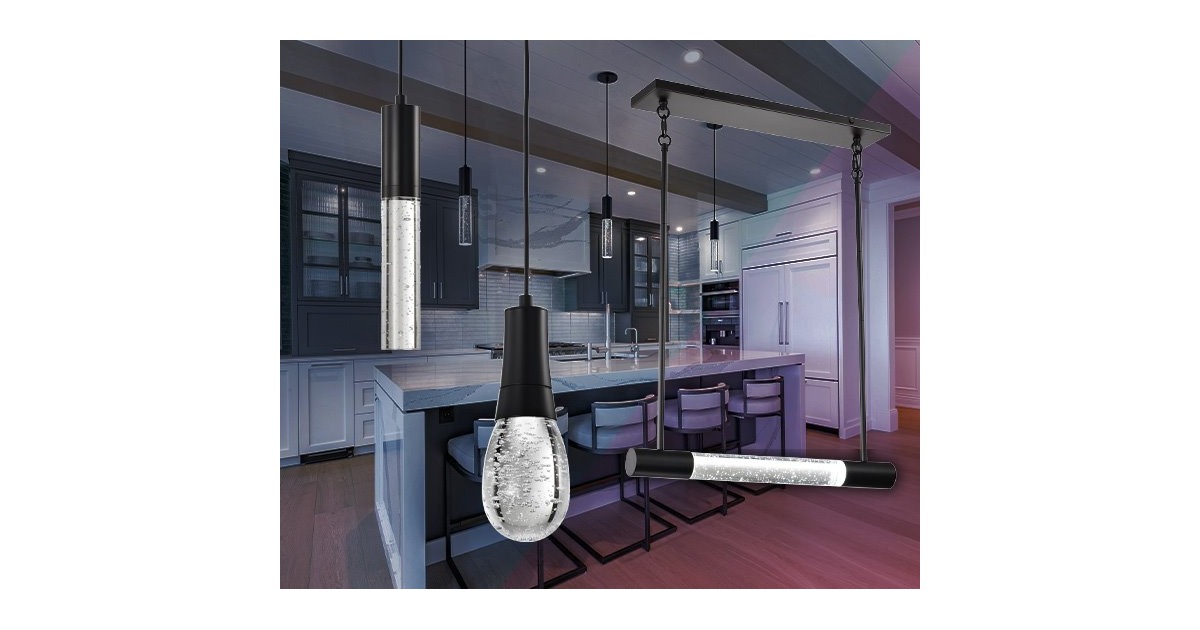Evaluation Guide: 4 Steps to a Successful Lighting Evaluation (Part 1)

Worldwide, leading facility managers and operations professionals are scrutinizing their energy use and re-evaluating traditional lighting choices — even high-intensity fluorescent (HIF) — in search of energy savings. In fact, rapidly escalating energy costs are often the catalyst for considering a lighting upgrade project, and LEDs are now part of the mix for most facilities.
While up-front costs are incrementally higher, LEDs’ lifetime energy costs are 50 to 90% less than legacy HID, HPS and even fluorescent alternatives — and there is no maintenance. This means that the frequently held belief that the lowest cost fixture offering acceptable light levels is the best choice for a facility is no longer valid; total cost of ownership (TCO) and long-term energy use are where the focus should be.
The next question — after decades of experience with high-intensity discharge (HID), high-pressure sodium (HPS), and now T5 and T8 fluorescent fixtures — is what is the best way to accurately assess the costs and benefits of the various solutions? This 4-part guide lays out a framework that you can apply, and incorporates lessons learned from more than 100 million square feet of installed intelligent LED systems across many of the most challenging production environments worldwide. Parts 1 and 2 appear below. Watch for Parts 3 and 4 in the April 1 issue of Electrical Industry Newsweek.
Step by step
A lighting retrofit, new build, or facility expansion is an unprecedented opportunity to make a lasting impact. And, if you are considering LEDs, today’s decision will easily last for more than a decade, so it is worth the time and effort to take a comprehensive approach to the project. Key steps include:
• Establishing stringent light-quality metrics, energy-intensity guidelines, and performance goals
• starting the planning process sooner to allow for more rigorous evaluations, partnering with your Finance team, and taking full advantage of widely available energy efficiency and tax incentives to reduce overall project costs
• exploring the additional capabilities and efficiency benefits available from LEDs with fully integrated controls
• assessing lifetime cost of ownership metrics to incorporate year-over-year energy and maintenance savings into financial models
If you do not have the skill set or bandwidth on staff to manage the evaluation, consider engaging a qualified energy-efficiency consultant who can help with key aspects of a project. They have deep subject matter expertise, familiarity with utility programs and contacts, and can ensure that the project moves forward on schedule and on budget.
Clear project goals, legwork, testing and economic analysis = successful evaluation
Rather than just setting out to replace failed lights or reduce energy use, a lighting project gives you the ability to improve lighting performance, gain new types of functionality, and send savings to the bottom line while providing a comfortable and safe work environment. Projects that deliver on these promises have four key elements in common:
1.clearly established evaluation criteria
2.early outreach to potential incentive partners and government entities
3.accurate facility data and hands-on testing of specific solutions (both fixtures and controls)
4.a comprehensive economic analysis that looks at all aspects of the investment
Thoughtful project planning and a thorough evaluation enable well-prepared decision makers to confidently identify the optimal lighting solution that balances performance and value with lifetime costs. Given the 20-plus-year lifespan of contemporary lighting solutions, it is an investment that delivers significant returns long after installation and even beyond capital payback.
Step 1: develop evaluation criteria
Concrete performance goals and measurement criteria are critically important to a successful lighting project. Used not only to guide final decisions, these criteria narrow the field of alternatives to a manageable number. With this approach, you will spend more time thinking about success factors and potential fit in your facility, and less time considering unsuitable products that do not meet your criteria.
• Overall goals: is your main goal to improve lighting quality within your facility? Enhance illumination levels reaching work surfaces? Reduce maintenance costs? Reduce the number of fixtures?
• Energy savings goal: LEDs offer energy savings ranging from 50% for simple fixtures to more than 90% for intelligent LED lighting solutions, with lifetime ratings in excess of 200,000 hours. Since your decision is likely to impact the facility for decades, be bold in setting your efficiency goal.
• Target light levels. In foot candles or lux, specify desired light levels for all relevant work spaces — production areas, racked aisles, loading bays. A minimum facility-wide target value can be used, but is a less precise way of evaluating lighting alternatives.
• IP rating required: for facilities where particulate matter (e.g., dust) or water are significant factors, the IP (ingress protection) rating ensures the lighting fixture is designed to withstand the environment in which it will be used. IP Rating descriptions and codes can be found at www.codecorp.com.
• Adaptability for future needs: as your organization grows and changes, how is this likely to impact your lighting needs? Will you need to reconfigure your manufacturing operations? Will your lighting settings in that area or others need to change? Do potential solutions accommodate these changes?
Economic goals
• Payback: historically used to evaluate the viability of lighting projects, payback is a useful, if basic, evaluation metric that massively understates the ongoing impact of energy costs on facility budgets. Most facilities now analyze payback, total cost of ownership (TCO), and return on investment (ROI) calculations. This provides a comprehensive view of impact on facility budgets – in both the short-term and the long-term, where individual analyses such as payback, alone, may favor one scenario and ignore the longer-term energy-savings and maintenance costs.
• ROI: expressed as a percentage, ROI divides the benefits associated with an investment by the cost, to determine a project’s effectiveness as compared to other potential investments. As an “opportunity cost” metric, it falls short of providing a complete picture on the impact of energy costs on lighting budgets.
• TCO: this goal considers all of the costs associated with lighting a facility throughout the lifetime of the installation, or at specific points in time, such as at 5-, 10- or 20-year intervals. Decision-makers are increasingly using TCO as it provides the best measure of the enormous impact lighting energy costs have on their budgets over an extended period of time.
Since every facility is unique, it is important to define your criteria for success and involve all key stakeholders associated with the lighting decision. The more accurate your goals, the better the outcome. And, the more data you can gather about your facility, the more precise your assessment will be.
Step 2: determine availability of utility incentives and tax deductions
In North America, utility-based energy efficiency incentives are pervasive — but vary widely. If you are considering a lighting upgrade, reach out to your utility early in the project evaluation to understand the range of incentives and eligibility requirements. Incentive savings directly reduce bottom-line costs by up to 50% (and sometimes even more), making highly efficient lighting that much more compelling and affordable.
When contacting your utility program manager, know that
1. Most utility companies offer not just one, but two forms of energy efficiency incentives:
a)prescriptive incentives – a fixed rebate per fixture, usually with add-ons for sensors and controls, or
b)custom incentives – based on actual energy savings, these typically deliver the highest return, but usually require lighting solutions that deliver ‘extraordinary’ energy savings, usually defined as 70% reductions in energy usage or more (easily attainable with today’s intelligent LED lighting).
2. Incentives must be negotiated and approved by the utility company in advance of project start. Utilities will not award custom incentives once a project is underway.
Since most utility companies now offer some form of energy efficiency incentives, reaching out early will enable you to refine your lighting search to account for the significant cost savings these incentives provide industrial energy users. Also, keep in mind that lighting design firms and energy-efficiency consultants are valuable resources for navigating the incentive landscape. They know what programs are available in a region, understand the criteria, are familiar with the application process, and are likely to obtain speedier approvals with optimum incentive awards for a particular project.
Aaron Kless, Director of Application Engineering, Digital Lumens, leads the team responsible for the deployment of energy efficient industrial LED lighting installations across the globe.

